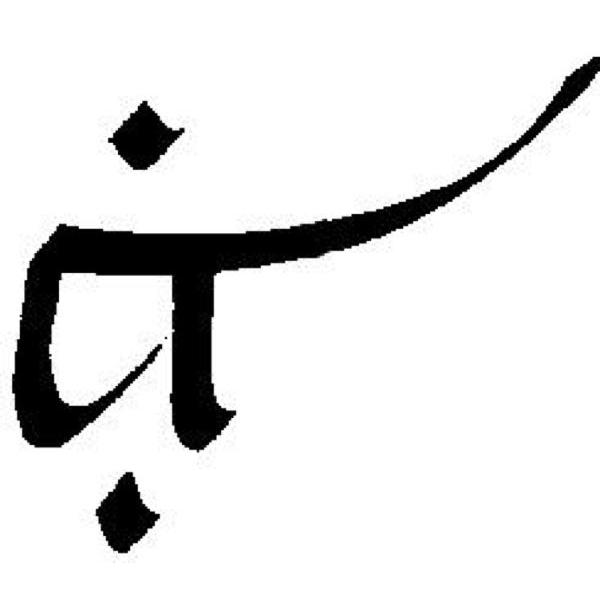HIDDEN TEACHINGS by David Lorimer
In Paradigm Explorer, 2022/23, Journal of the Scientific and Medical Network, one of the ten outstanding books of 2022.
REVELATIONS OF THE ARAMAIC JESUS Neil Douglas-Klotz (SMN) –
Foreword by Matthew Fox
Hampton Roads, 2022, 253 pp., $19.95, p/b – ISBN 978-1-64297-041-8
Over the past 30 years, Neil has written a series of revelatory books on the Aramaic spirituality of Jesus, opening up new depths of meaning and subtlety in his teachings. As also in the Gnostic Gospels, Jesus comes across primarily as a wisdom teacher and way-shower for us to follow in his path. Matthew Fox points out in his foreword that ‘much too much of religious language has become rote’, while Yeshua’s original Aramaic words are charged with spirit and touch the heart directly. Moreover, some key Christian concepts emerge re-energised from this study, and this transmission can speak to us across time concerning the perennial challenges of the human condition. As Neil observes, ‘relationship, love, knowledge, work and purpose still claim our main attention.’ We still exist between the polarities of heaven and earth, light and darkness, self and other, but we also have/are consciousness (Light) and the capacity to know at different levels.
Neil explains that our small self is naphsha, while the force behind it and ‘the ultimate source of “I-ness” is ruha, literally free flowing breath always connected with the source of reality Alaha as the soul— hence Jesus stating that I am in the Spirit (Father in John, Abwun in Aramaic) and the Spirit is in me reciprocally. This is the key insight and realisation/gnosis of all the great mystics and is channelled through the heart. At the time of Jesus, people felt themselves less separate and individual than we do now, which corresponds to the three evolutionary phases in Owen Barfield referred to by Neil as original participation, separation and individuation, and final participation which Jesus himself attained and which is an essential remembrance for contemporary integration and spiritual well-being (interestingly, to be tempted is to forget). Neil provides many contemplative exercises to help readers in this respect.
The main text begins with beautiful explanations of the Lord’s Prayer and the Beatitudes. Here forgetfulness is also equated with unripeness, while ripeness—tubw —is a blessed state of being fully present with eyes to see and ears to hear: ‘ripe are those who dissolve their small selves within breath, they live in the shimmering “I can” of nature and the cosmos.’ (p. 50) Peace as shlama is touching the source of everything, remembering ‘both our shared origin and our shared impermanence’ (p. 61): ‘a deeper connection with our soul (ruha) opens us to the vision and power (malkuta) of Reality itself’ (p. 65) and trust in its [lamp of] guidance. The Beatitudes in Luke warn about wilful unripeness, while also showing how this can be overcome and a state of balance reached where we can remain awake and shine our light through works of service and love.
Darkness and light represent not knowing and knowing, while blood in Aramaic ‘can also mean wine, juice, sap, or essence.’ (p. 138) Jesus invites his followers ‘to fuse yourselves with what I’m saying’ so as to learn his way, which reminded me of passages in the Gospel of the Beloved Companion where he says that following his words is the way, the truth and the life rather than he as a person as fundamentalists would interpret the ‘I am’ sayings in John. The challenge for us is to live as an individual ‘in a fully ripe way in time and space, in the community of humanity and nature, while also constantly connected to the timeless Reality.’ (p. 145) To return to the ruha is to find silence and repose represented by Shekinah, ‘the “settling” or “dwelling” of the divine presence or ina’na [also abiding].’ (p. 149) Neil explains that ‘the small self exists to be a mirror to reflect the Only Self.’ (p. 150) This is attained through a breath of focused emptiness and ripe direction expressing both individuality and the universality of ‘always connected’. Yeshua speaks from within that Reality, the ruha ‘embedded within and connecting all beings.’ (p. 172)
Interestingly, the Aramaic for vine–gpeta— refers to any hollowed-out channel that allows flow through it. Hence, ‘connecting the I to the only I is the vine, rooted, giving, opening to life.’ (p. 182) We are branches that must remain connected to this vine if we are to bear fruit and achieve fullness or completion (tamla), a key phrase in the Gospel of the Beloved Companion and other Gnostic texts where Mary Magdalene is said to have realised her I Am and become the ‘completion of completions.’ (GBC Ch 42 ff) The emphasis in Acts is ‘direct transmission of the experience of the breath spirit of Yeshua rather than ideas about him… the breath connected to all Breathing life.’ (p. 198) Our task is no different from what Yeshua experienced and taught 2,000 years ago, namely to become aware of our own awareness and individually aware of our life within universal soul. We can be hugely grateful for Neil’s scholarship and dedication in bringing us this vital message through his life’s work.
